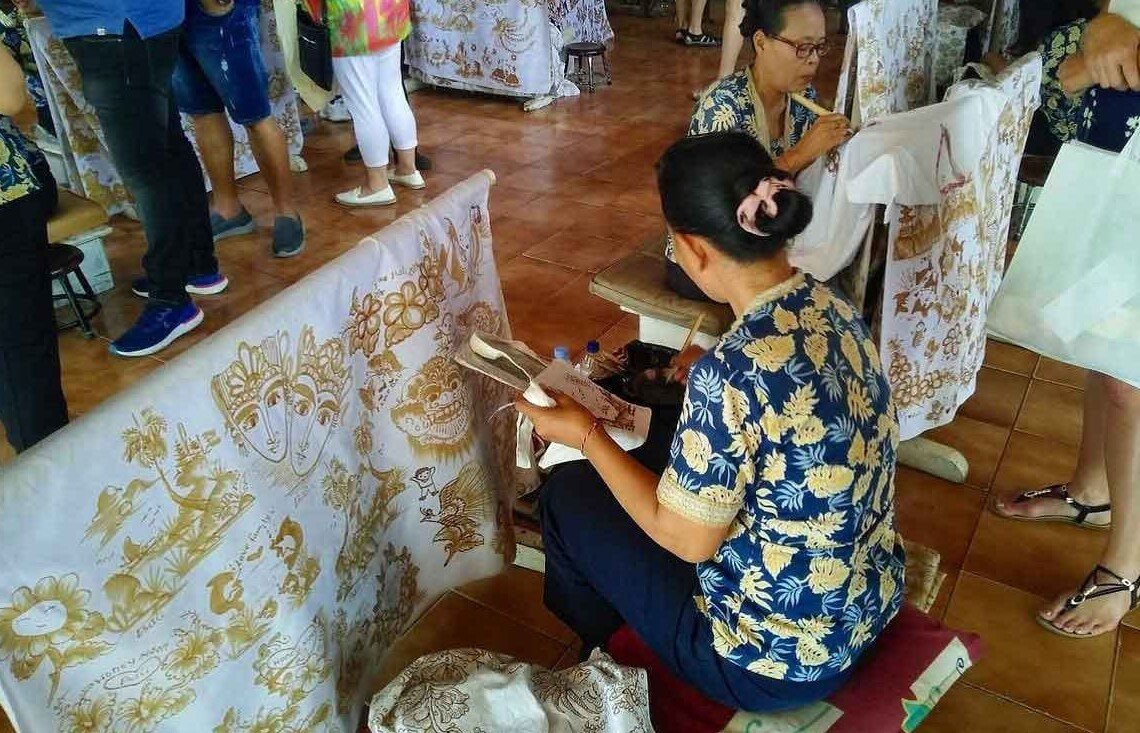From Market to Suitcase: 15 Must-Have Bali Souvenirs You Can’t Leave Without
Bali is a sensory paradise: the scent of incense drifts through temple courtyards, the vibrant colors of handwoven textiles blur together, and... Read More

Bali is much more than pristine beaches and vibrant nightlife. Beyond its natural beauty lies a rich tapestry of culture, tradition, and craftsmanship — preserved lovingly in its artisan villages. These villages are the heartbeat of Bali’s heritage, where time-honored techniques are passed down through generations, producing exquisite works of art ranging from intricate batik textiles to gleaming silver jewelry.
In this article, we embark on a cultural journey through some of Bali’s best artisan villages, exploring their specialties, histories, and the artisans behind the magic.
Bali’s artisan villages are living museums of craftsmanship. Each village specializes in a particular craft, honed over centuries. These crafts are not mere souvenirs but an expression of Bali’s spiritual beliefs, social life, and environment. When you visit these villages, you’re stepping into a world where creativity is intertwined with ritual, nature, and community.
Location: Near Ubud, Celuk Village is synonymous with Balinese silver, but it’s also an important center for textile arts, including batik.
Batik is a traditional fabric dyeing technique that uses wax resist patterns. The process is labor-intensive: artisans apply hot wax to cloth in detailed designs, then dye the fabric. The wax prevents dye from coloring certain areas, creating intricate patterns. This process can be repeated with different colors for multi-colored fabrics.
Celuk Village is not only a silver crafting hub but also home to batik artisans who produce vibrant, hand-dyed textiles inspired by nature and Hindu mythology. These textiles are often used in ceremonial attire and modern fashion alike.
Visitors can watch artisans apply wax, dye fabrics, and learn the symbolic meanings behind the patterns. Many workshops offer batik-making classes — a perfect souvenir to create yourself.
While Celuk is known for batik, its primary fame lies in its exquisite silver jewelry.
Celuk’s silversmiths have perfected their craft over centuries, using traditional tools and methods. Each piece is meticulously handcrafted, from delicate filigree earrings to bold, statement necklaces.
Silver jewelry here is not just about adornment. It holds cultural significance, often worn during rituals and ceremonies. The intricate designs tell stories from Balinese legends, nature, and spirituality.
Visitors can see artisans shaping silver into beautiful forms and purchase unique pieces directly from workshops, supporting local families and preserving the craft.
Location: Eastern Bali
Tenganan is one of Bali’s oldest and most traditional villages, famous for its Ikat weaving. Ikat is a complex dyeing process where threads are dyed before weaving to create patterns directly into the fabric.
Tenganan’s textiles are deeply tied to the village’s customs and religious beliefs. Only villagers can produce these sacred fabrics, which are worn during rituals and symbolize status and protection.
Ikat designs often feature geometric shapes, mythical creatures, and natural motifs. Each pattern has a story or spiritual meaning, passed down orally through generations.
Location: South of Ubud
Mas Village is Bali’s epicenter for traditional wood carving. Artisans here transform blocks of fragrant wood such as sandalwood and teak into exquisite sculptures, masks, and home décor.
The carvings range from realistic depictions of Hindu gods and goddesses to playful mythical creatures and intricate floral designs. Each piece reflects Bali’s religious traditions and connection to nature.
Visitors can tour workshops to see artisans carving with precision tools. Many galleries showcase the best pieces, from small souvenirs to large statues destined for temples or private collections worldwide.
While Ubud is a town rather than a village, it is a vital center for Balinese visual arts.
Traditional Balinese paintings often depict Hindu epics like the Ramayana and Mahabharata, daily village life, and scenes from nature. The distinctive style uses vivid colors and detailed storytelling.
Ubud is home to many artist communities and galleries, where traditional techniques blend with contemporary styles, making it a vibrant artistic hub.
Location: Southwest of Ubud
Batuan is renowned for its black pottery and terracotta ceramics. Artisans craft pots, bowls, and ornamental pieces using local clay and simple kilns fired by wood.
Batuan pottery often features intricate carvings and motifs inspired by Balinese mythology and everyday rural life. These pieces are both functional and decorative.
Location: East Bali
Sidemen is famous for producing handwoven textiles using natural dyes sourced from plants, roots, and flowers. The villagers maintain ancient dyeing methods, creating soft, earthy color palettes.
Sidemen textiles play a significant role in ceremonies, particularly weddings and temple festivals, symbolizing blessings and prosperity.
Modern tourism presents both opportunities and challenges for Bali’s artisan villages. On one hand, it provides income and global recognition. On the other, mass production threatens the authenticity and quality of traditional crafts.
Fortunately, many communities and NGOs work tirelessly to promote sustainable tourism and protect traditional methods. Visitors can contribute by buying directly from artisans, participating in workshops, and respecting local customs.
Bali’s artisan villages are treasure troves of creativity and tradition. From the delicate wax patterns of batik to the shimmering detail of silver jewelry, each village offers a glimpse into the island’s soul. These crafts embody centuries of history, spirituality, and communal pride — a legacy worth preserving and celebrating.
Next time you visit Bali, dive deeper into its artisan heart. Explore the villages, meet the makers, and take home not just a souvenir, but a story, a tradition, and a piece of Balinese spirit.
Join The Discussion